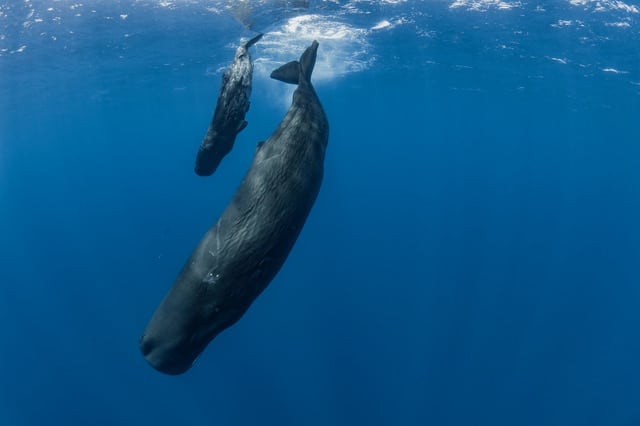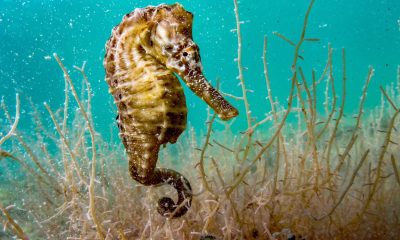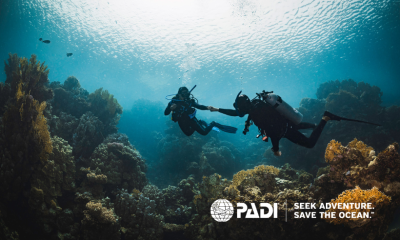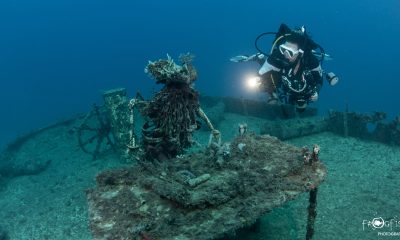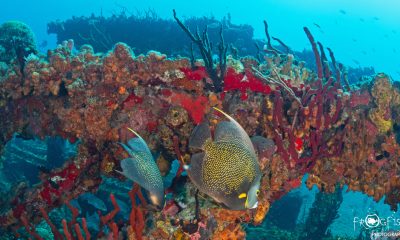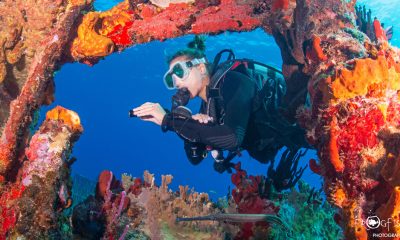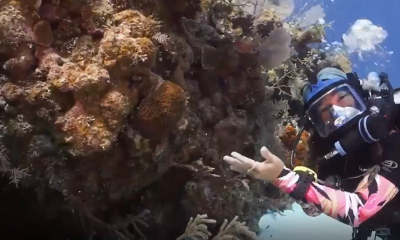News
Whale and dolphin research expedition in the Caribbean
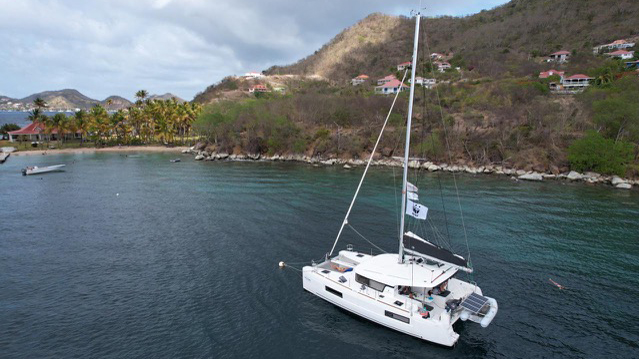
The three-month whale and dolphin research expedition, Ti Whale An Nou, started May 15, 2021 and the objective is to register the number of whales, specifically sperm whales, and the routes they take in the Caribbean. The results will be used to determine what is needed to protect these large mammals. This expedition is coordinated by the Caribbean Cetacean Society and is made possible thanks to the partnership with the World Wide Fund for Nature Netherlands (WWF-NL) and the Dutch Caribbean Nature Alliance (DCNA).
The name of the research project Ti Whale An Nou is a mixture of French Creole and English and it means ‘our little whales’. In the Caribbean, 33 out of the 90 known species of whales have been documented, which is more than a third of the world’s total diversity. This makes the Caribbean an essential habitat. The main objectives of this study are to assess population size, distribution, movements, social structure and vocal clans of Lesser Antilles sperm whales as well as improve knowledge on the other species. Vocal clans are social groups of whales that sound acoustically similar. The biggest threats to whales are noise from ship traffic or coastal development, pollution, hunting, and by-catch.
Migration and Numbers
The research of this expedition can make an important contribution to a better understanding of the population size and distribution of whales. Similar research has been conducted in previous years. The difference with this expedition is that the research area is extended and includes the region from Saba to Anguilla. Mammal presence and absence will be monitored in the Yarari Marine Mammal and Shark Sanctuary, around Saba, Saba Bank, St. Maarten and St. Eustatius. By comparing the results of this expedition with previously gathered data, concrete follow-up actions for the protection of the whales can be planned. This research mission receives great support by not only DCNA and WWF-NL, but from Corail Caraibes, Orange, the EDF Group Foundation, Animal Wellfare Institute, and Parc Naturel Régional de la Martinique as well.
Importance for other Caribbean islands
This research will provide an understanding of the migration routes of marine mammals and therefore an opportunity to improve the protection of these animals. A stable population of whales and dolphins is an indication of healthy oceans. In healthy oceans, fish stocks are stable which is important for the fisheries and the economy on the islands. Furthermore, whales play a significant role in capturing carbon dioxide (CO2) from the atmosphere. Each great whale isolates an estimated 33 tons of CO2 on average, thus playing their part in the fight against climate change.
Photo credits: Alexis Rosenfeld – all rights reserved
News
Seahorse National Park announced on Eleuthera in The Bahamas
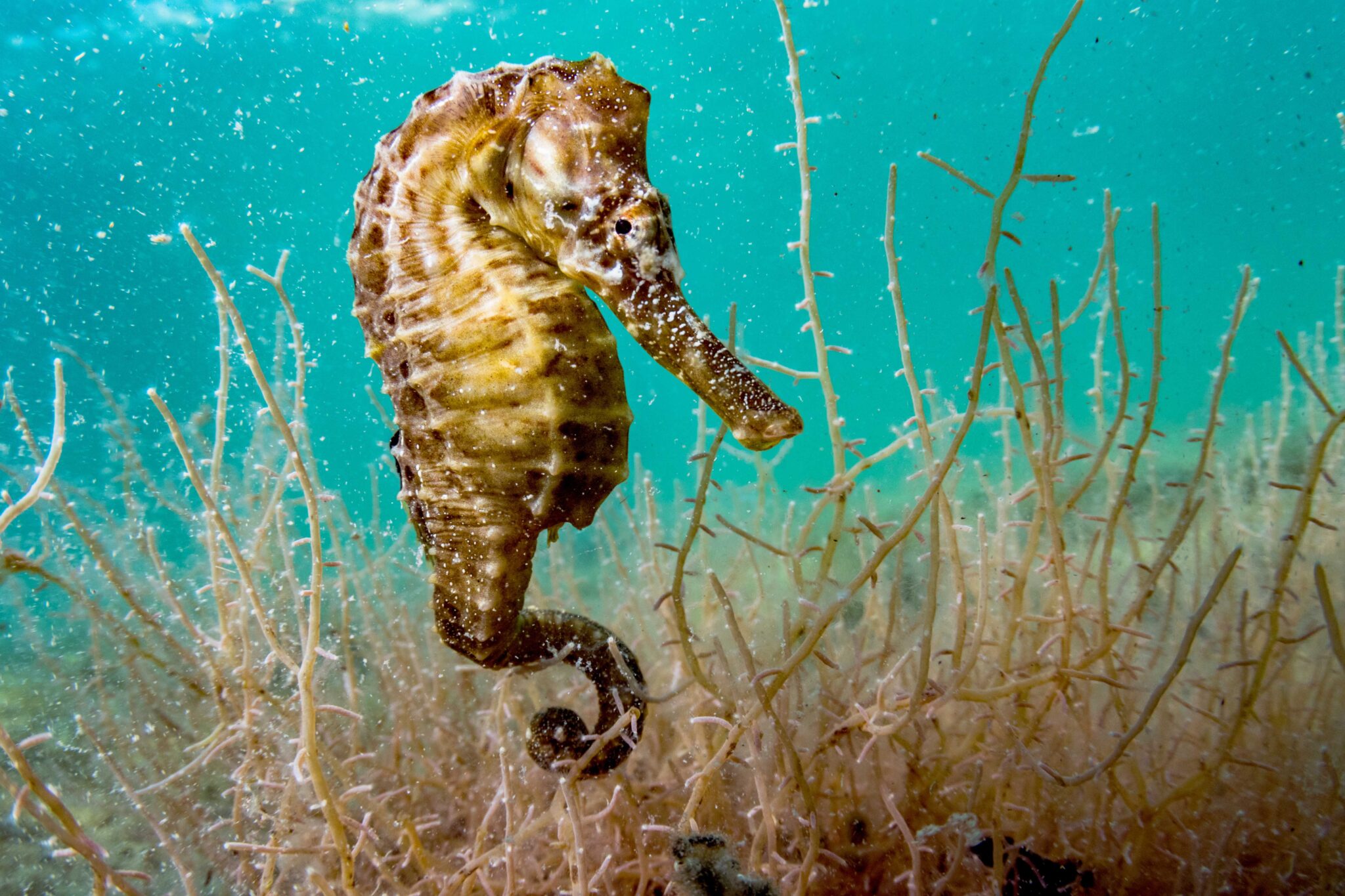
This week has seen the announcement of the designation of Seahorse National Park at Hatchet Bay Cave and Sweetings Pond on Eleuthera. This monumental announcement comes after years of efforts from the BNT and its partners in advocating for the protection of Sweetings Pond and its surrounding areas as an official national park under the BNT’s management.
Sweetings Pond is a large, land-locked saltwater pond in Hatchet Bay, Eleuthera. It has many unique natural features, but the most notable of them all is its incredible seahorse population, which is believed to be the densest population of seahorses in the world. The new 548-acre national park protects the entire one-mile-long pond and the surrounding terrestrial area. The land surrounding Sweetings Pond is a blend of intact coppice, mangroves, and farmlands. In addition, the new national park includes the extensive Hatchet Bay Caves system. This historic cave system is a popular attraction and contains a number of impressive geological features. It is one of the longest dry cave systems in The Bahamas.
Since 2014, the BNT has been leading efforts to have the area declared as a national park. This included years of public outreach and stakeholder consultations in communities across Eleuthera; education presentations in local schools; science and research efforts; and engaging consecutive government administrations. In 2018, the BNT submitted the “20 by 20 Marine Protection Plan” to the government, which included the recommendation to declare Sweetings Pond and other areas in The Bahamas as protected areas.
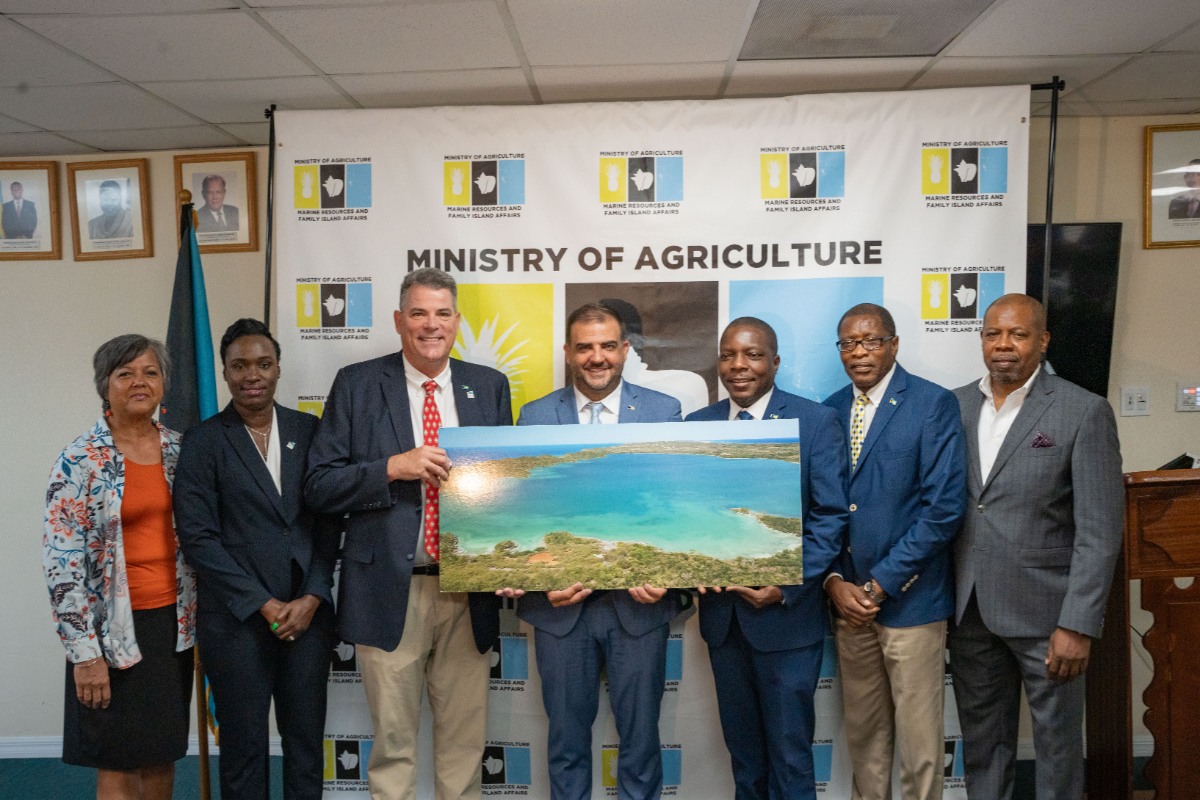
During the lease signing ceremony for Seahorse National Park, Minister Clay Sweeting, said, “This lease agreement for Sweetings Pond has been a long time coming. It represents a milestone in our journey towards sustainable development. It symbolises our collective responsibility to safeguard our natural heritage and create a harmonious relationship between economic progress and environmental preservation.
“I would like to express my gratitude to all stakeholders in this process of drafting and finalising this lease agreement. Their dedication, expertise, and commitment has been crucial in ensuring that this agreement falls in line with our vision of creating a thriving ecosystem while promoting responsible usage. Let us continue to preserve the jewel that is Sweetings Pond for many generations to come.”
The BNT invites the public to stay tuned for more news about its plan for the country’s newest national park: Seahorse National Park at Hatchet Bay Cave and Sweetings Pond!
To learn more about the role the BNT plays in managing terrestrial and marine national parks, conserving wildlife, and informing environmental policy, please visit its website: www.bnt.bs
Follow/subscribe to its various social media channels: Facebook, Instagram, Twitter, and YouTube.
Banner Image: A lined seahorse (Hippocampus erectus), female, clining to algae in an alkaline pond in The Bahamas by Shane Gross
News
PADI Club invites Ocean Lovers on exclusive dive trip to Bonaire this September
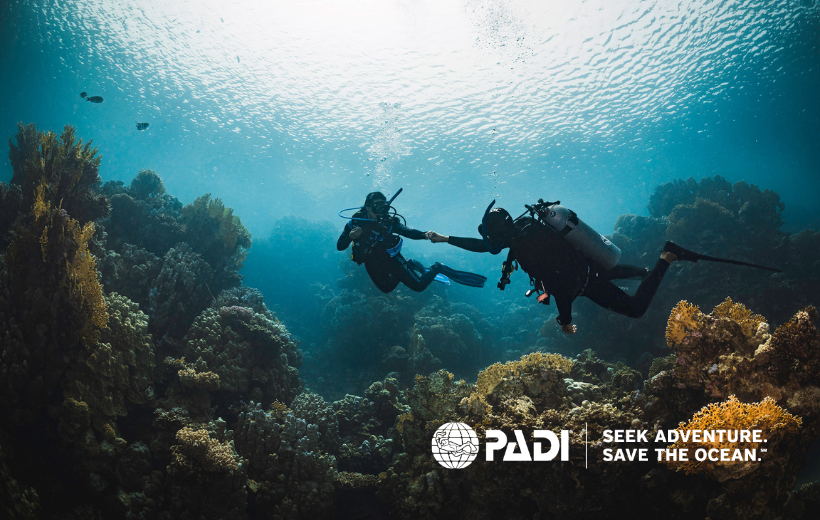
Following the popularity of the PADI Club trip to Belize at the end of July, a second “dive trip of a lifetime” has just been announced by PADI Club to Bonaire this September 23-30, 2023.
Offered exclusively for PADI Club members as part of their yearly benefits, attendees will get to seek adventure while staying at the all-inclusive Buddy Dive Resort, one of PADI’s premier members on the island. Other PADI Members in Bonaire – including Toucan Divers, Divi Flamingo, Wanna Dive, Dive Friends and Scuba Do – will also be hosting various dive experiences throughout the week.
“Bonaire is a unique and beautiful gem in the Dutch Caribbean and we want to show our Club Members this little island looms large as a dive destination,” says Zach Pavkov, PADI Club Operations Manager. “This trip offers participants a chance to not only explore a world-class diving destination but do so through some of the very best PADI Operators.”
PADI Club members will receive a generous discount for this seven-day diving adventure, with packages starting at $1,739 per diver for double occupancy.
Included in the package are:
- social events that include hosted dinners, cocktail parties and live music
- transportation in Buddy Dive Resort’s famous pick-up truck
- daily shore diving and boat diving
- accommodation, with the option to share a room with another solo diver or rent out one, two and three-bedroom apartments to host larger groups of divers
- surface interval activities that include PADI Seminars and island excursions like hiking and bird-watching.
“Because the water surrounding Bonaire has been an established marine park for 44 years, Bonaire is now a top-ranked destination with abundant marine life that includes scorpionfish, flounder and frogfish, moray eels, hawksbill turtles and eagle rays, ” continues Pavkov.
With limited spots available, the list of participants will be decided on a first-come, first-served basis. Those who are not yet PADI Club Members but are interested in joining the trip can sign-up, which will also give them access to:
- 20% of PADI eLearning® programs and PADI Gear™
- a free ReActivate® online refresher
- a free DAN® Prepared Diver course
- a subscription to Scuba Diving® magazine
- access to the PADI Club Celebrity Speaker Series webinars
- brand partner benefits from GoPro, Uber, Salt Life and more
To further support ocean lovers to create positive ocean change, five percent of the PADI Club membership fee will go towards supporting conservation efforts around the globe.
“PADI Club benefits are designed not just to empower divers to explore the ocean, but also enable them to play a pivotal role in saving the ocean too,” says Pavkov. “This year’s additional expedition to Bonaire gives our community the chance to come together and explore our shared blue planet in a truly meaningful and connected way.”
Click here to sign up for PADI Club and reserve your spot here to join the Bonaire dive trip.


